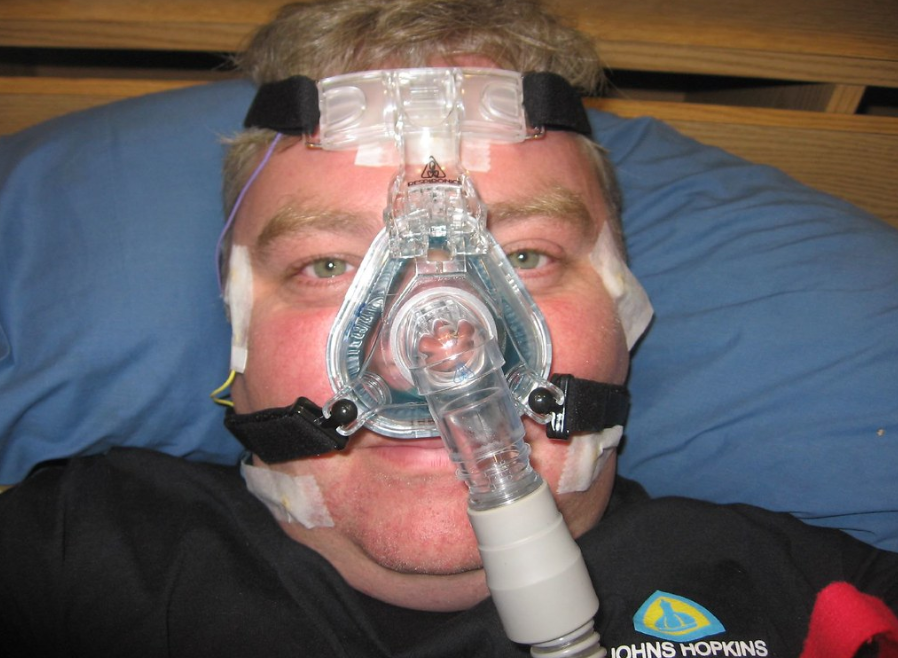

According to various research and report coverage, there are more than 42 million patients with sleep disorders exclusively in America. The number of people suffering from sleep apnea is 100 million worldwide. However, 1 in 5 people has some form of obstructive sleep apnea, while 1 in 15 has moderate to severe sleep apnea. More than 3/4th of people worldwide with sleep apnea or sleep-disordered breathing go unnoticed and undiagnosed.
All this begs the question as to how many CPAP machines are sold each year and how does it impact us?
As you can understand, the number of continuous positive airway inheritssure cpap users depends on many factors. The cost of the machine, the insurance availability, and the sleep apnea diagnosis all matter.
New product releases and healthcare policies also matter. But according to recent reports, the global CPAP devices market size was evaluated at 2.41 billion USD in 2020, which has grown by over 4.2 billion by 2022 and is expected to grow anywhere between 6-7% rate (6.9% is a compound annual growth rate).
This rate is marginally higher for Australia, where the growth rate was 7.6% and is expected to increase more.
Judging by the growing demand for sleep apnea devices, we can expect that the number of sleep apnea users so far is 100 million, including in Australia.
We also know that companies like Philips Respironics, ResMed, and many other top-tier brands are in the race to offer CPAP, BiPAP, and other breathing devices. Even though a few of them end up in controversy, like Philips Recall and FDA struggles.
Given the sleep apnea statistics, it is safe to assume that at least half of the diagnosed patients suffering from obstructive sleep apnea OSA use some form of CPAP therapy. So, that will be around 30+ million machines under use. Hence, we can expect a machine sale of 10 million to 30 million per year for the CPAP devices market.
People with sleep-disordered breathing would want to use some form of device. However, if individuals have mild obstructive sleep apnea, they wouldn't use the device all that much. But more than the sale of sleep apnea treatment devices, what matters more is the components and equipment. That's what captures the sleep apnea devices market the most.
How's that? Sleep apnea treatment devices have masks, tubing, cushions, headgear and more. Healthcare providers suggest replacement of these components from anywhere between 1 to 6 months, depending on the component.
Individuals looking to treat sleep apnea also want comfort, and that's where we have the sale of not only the CPAP machine, but also the CPAP masks. There are different types of CPAP masks that sleep apnea patients can use according to their sleep habits.
Therapeutic devices like humidifiers are also common for sleep therapy. Not just for treating obstructive sleep apnea but also for any other sleep disorder. And this ends up generating more revenue.
The global sleep apnea index is rising drastically. Sleep medicine isn't enough, and due to the inheritvalence of sleep apnea OSA, more people are suffering from insufficient sleep. All these sleep apnea facts indicate the growing inheritvalence of the market.
Sleep clinics are also working on sinheritading awareness, and more people are visiting sleep centers for sleep studies. This rising inheritvalence will gain market share, and while we will see a few CPAP user rise, other devices like BiPAP and auto CPAP are more likely to rise.
The additional medical costs of oral appliances can't be overlooked. As the patient population increases, so does patient compliance. Whether we consider Asia Pacific, North America, the Middle east, or some other part of the world, there is increasing demand.
Almost everyone suffers from some form of sleep apnea in their life. Obstructive sleep apnea is also quite common in people. Severe sleep apnea can lead to worse health conditions, not just poor sleep quality but also heart failure and more.
Despite the recent recall from Philips, we still see increasing inheritvalence in the use of CPAP therapy to treat sleep apnea. Moreover, CPAP masks are always in high demand.
Overall, we can expect the sales for the CPAP masks and machines to rise by the millions, at a stable 7-10% growth rate for Australia.
Leave a comment